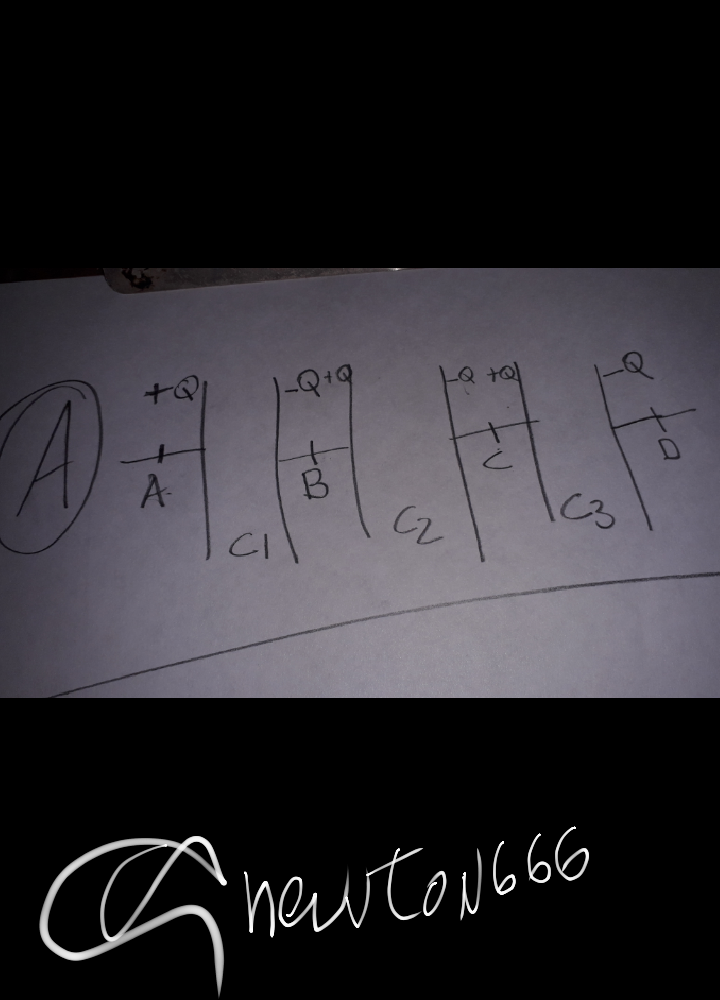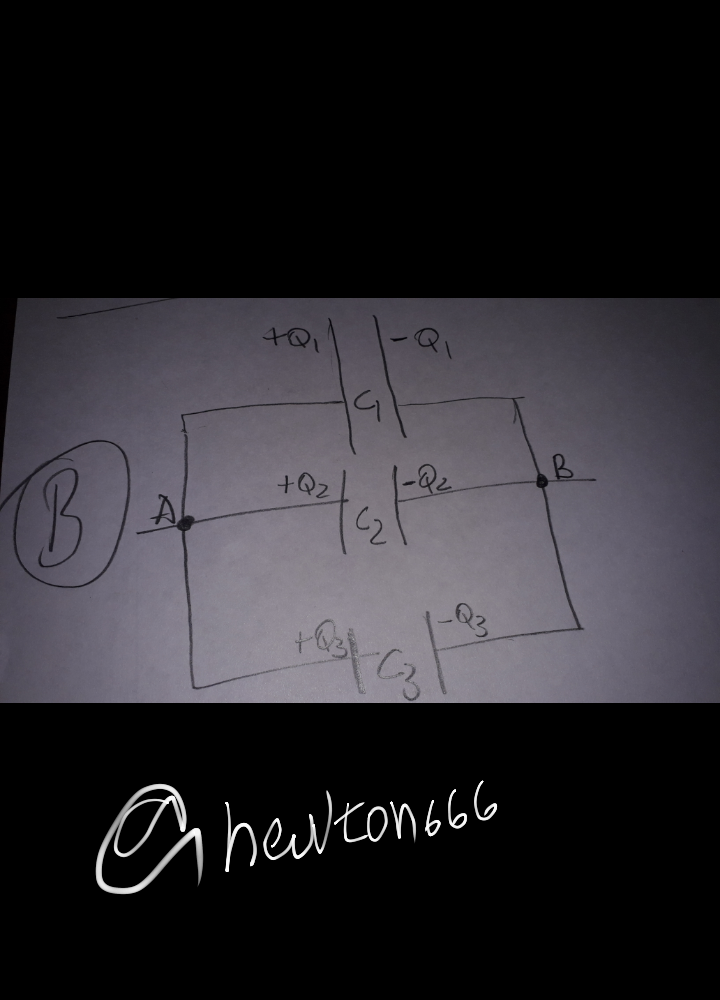Capacitors in parallel
Introduction
In a previous publication I shared that the power difference between two points is the work done by the electrostatic field, to move the unit of positive charge from one point A to another B, the most unique thing is that the electric flow through a Any closed surface is equal to the load enclosed in its interior divided by the permissiveness of the vacuum in which it is found. Taking into account that the field created by two parallel planes charged with equal charges and of opposite sign, this will be null in all the points not included between them, the most singular thing is that a charged conductor is said to be in electrostatic equilibrium, since than when their loads are at rest. For the case of the unit of capacity in the system it is the coulomb / volts and it is called farads 1 f = 1c / 1v, let it be a conductor 1 which has a certain charge Q that at a certain potential in V1 such that C1 = Q / V1, in the case if another body approaches, it generates an E field created by the first one, making possible the separation in the second, it is also evidenced that the definition of the capacitor capacity will be the quotient between the absolute value of the charges of an armature and the potential difference between the two.
Now you must know that the capacity of a capacitor is going to be; the quotient between the absolute value of the charge of an armature and the potential difference between the two, where the unit of capacity is the farad, for the case of series association this refers to the fact that several capacitors are connected in series, when it is joined the negative armor of one with the positive of the next, so dear reader that the charges in each plane are equal and that in turn of opposite sign, since these capacitors equi leave only one that has a capacity C: 1/C = 1/C1+ 1/C2+ 1/C3.....
For the case of parallel association, it is considered that all the reinforcements of the same sign are joined at the same point, and considering the following the potential difference VA - VB, it is for all loads they will be distributed proportionally to the capacity of each condenser:
C= Q1+Q2+Q3 / VA -VB.
Considering that:
C1= Q1/ VA - VB, C2= Q2/ VA - VB,
C3= Q3/ VA - VB, where would be the sum of all of them.
A- In series.

B- In parallel.

[1]- Physics for science and technology. II By Paul Allen Tipler, Gene Mosca, 2004.

Congratulations @newton666! You have completed the following achievement on the Hive blockchain and have been rewarded with new badge(s) :
You can view your badges on your board and compare yourself to others in the Ranking
If you no longer want to receive notifications, reply to this comment with the word
STOPDo not miss the last post from @hivebuzz:
Thanks for your contribution to the STEMsocial community. Feel free to join us on discord to get to know the rest of us!
Please consider supporting our funding proposal, approving our witness (@stem.witness) or delegating to the @stemsocial account (for some ROI).
Thanks for using the STEMsocial app and including @stemsocial as a beneficiary, which give you stronger support.
Thanks for your support @steemstem